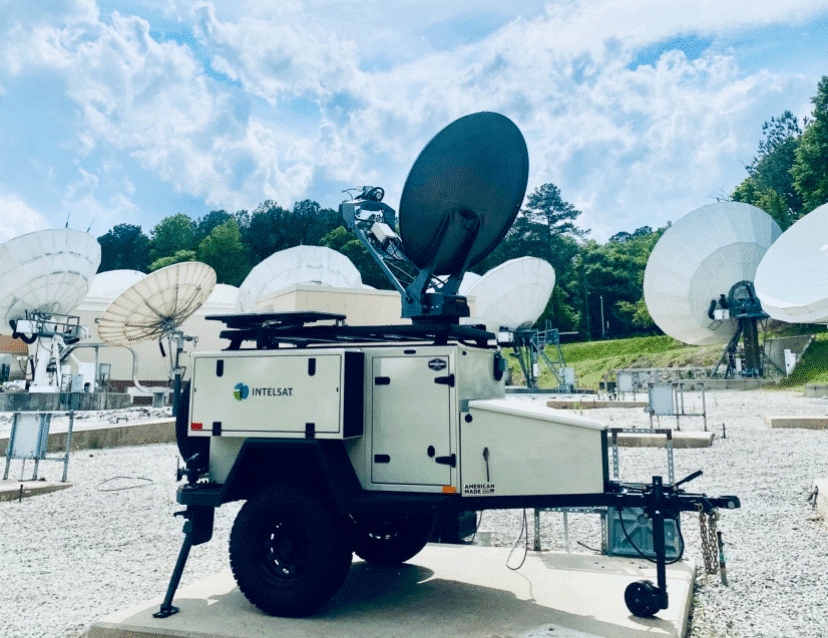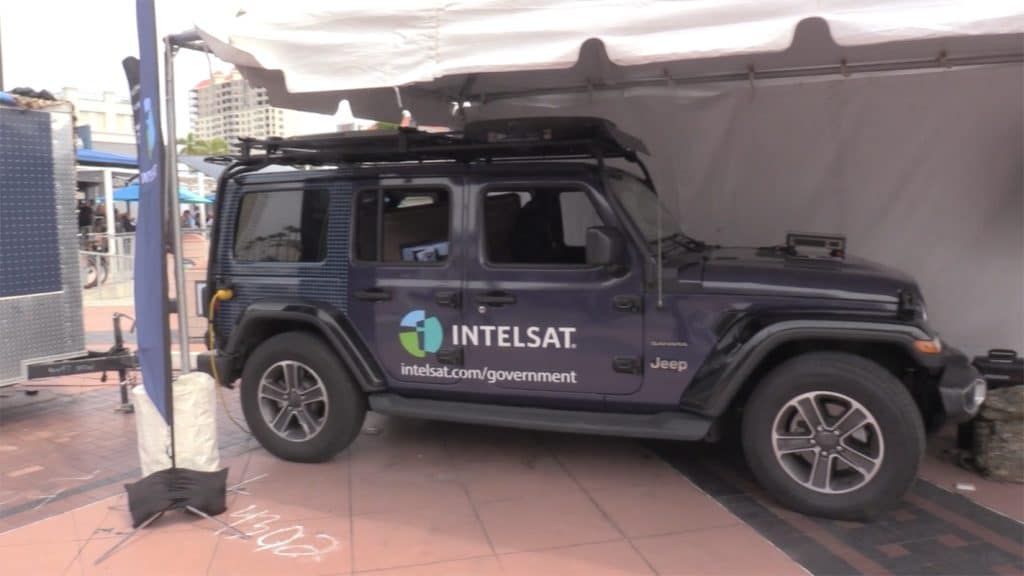Government Agencies Turn to Private Sector for Help Adopting Intelligent Technologies
Intelligent technologies like advanced analytics and biometrics/identity analytics can help government agencies fulfill their missions to improve the delivery of public services and meet the rising expectations of citizens, a recent survey found. However, successful adoption of intelligent technologies first requires overcoming challenges—challenges that can be solved, survey respondents say, by looking to the private sector.
This should be of particular interest to those of us working in the commercial satellite industry as we work to continually improve the security of access to ground control stations and other terrestrial networks tied into satellite operations.
Accenture surveyed nearly 800 public sector technology professionals across nine countries in North America, Europe and Asia-Pacific for its report, Emerging Technologies in Public Service. The survey identified the technologies that agencies are adopting or piloting to meet their missions. An example of such technologies are biometrics and identity analytics, which are being piloted or implemented by 40% of respondents’ agencies, while another quarter are researching their potential use.
According to the report, “Biometrics-based security solutions, such as e-passports and iris recognition, are now in widespread use by border control agencies, as well as by police forces and operators of public infrastructure. In combination with identity analytics tools, they are helping security/policing functions to gain real-time identification and authentication capabilities.”
In order to reap the benefits of intelligent technologies like biometrics, agencies have to overcome three challenges: improving service delivery to meet citizen expectations; responding to changes in the organization’s mission or goals; and hiring and developing people with the right skills.
Service delivery can be addressed, in part, by looking at the network infrastructure. Intelligent technologies like biometrics, and advanced and identity analytics increase the amount of traffic on the network. E-passports and iris recognition may help improve security, but service delivery will suffer if a congested network prevents data from being sent and received in real time.
Agencies can address their growing bandwidth needs by looking to the private sector—an option they are already embracing. “Across all agencies, there is a strong willingness to embrace public-private partnerships to help develop intelligent technology projects,” the report authors write. While 76% of survey respondents said they look to examples of successful technology implementations in the private sector, 68% report that the private sector has already helped their organizations meet citizen demand in some way.
An affordable, flexible satellite service like Intelsat One Flex , can help agencies address their need for additional bandwidth capacity as well as provide the needed infrastructure to handle a network expansion. Using a simple web application, agencies can access and incorporate high throughput satellite technology into their private networks. Agencies have the ability to incrementally acquire broadband capacity as demand grows while benefiting from Intelsat’s investments in innovative technologies.
The Department of Defense has already begun looking at how commercial capabilities can better meet its resiliency and survivability requirements, and is considering using commercial companies for the Air Force Satellite Control Network and Wideband Global SATCOM as a means to modernize the infrastructure while freeing uniformed personnel to focus on battle management rather than infrastructure maintenance.
The need for additional bandwidth capacity will only continue to grow as intelligent technologies evolve and offer agencies new capabilities. Sourcing capacity to the commercial sector can help ensure that agencies can accommodate the accompanying increases in traffic so that they can proceed to fulfill their missions efficiently and cost effectively. We’re here to support the government customer.






















